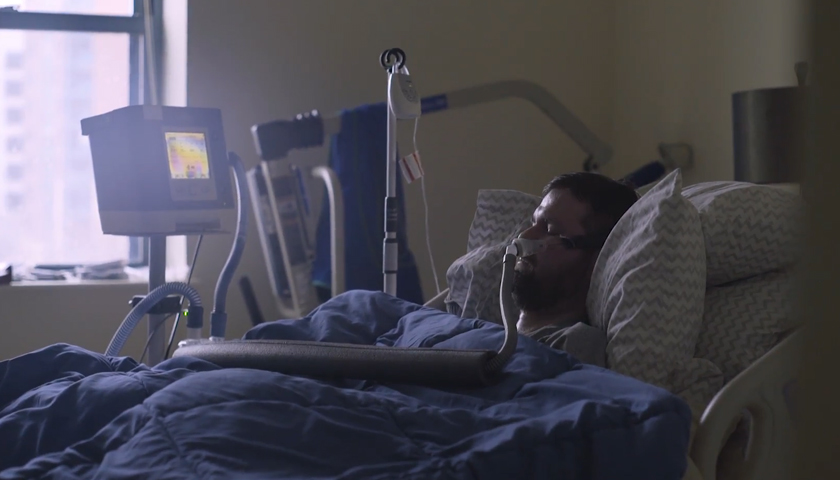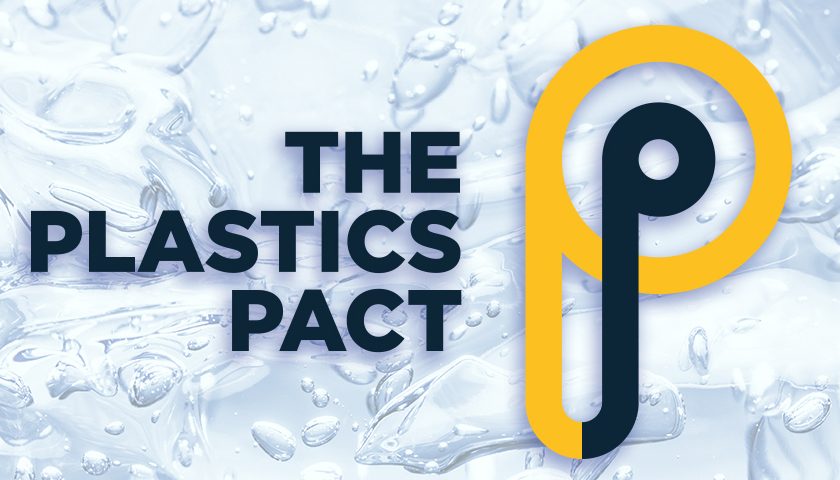Australian initiative Project Revoice has announced a global breakthrough in speech technology, enabling those who lose the ability to talk to continue speaking in their own authentic and personal voices.
The new development will see an end to ‘Stephen Hawking-style’ machine voices, and enable all those with degenerative voice conditions to bank and use their natural voices, if they lose the ability to speak.
In mid 2018 Project Revoice will be launching a facility for people to record their voices via the www.projectrevoice.org website, so they can be digitally recreated in the future.
To demonstrate the power of this innovation, Project Revoice has given Pat Quinn, co-founder of the ALS Ice Bucket Challenge, his voice back. Pat did not record (or voice bank) his voice before ALS/Motor Neurone Disease robbed him of his ability to speak, but using footage from his many Ice Bucket interviews, Project Revoice has been able to rebuild his voice. Watch how this Australian initiative rebuilt his voicehere.
Project Revoice was developed by creative agency BWM Dentsu Group in Australia, alongside Canadian software partner Lyrebird. Project Revoice uses state-of-the-art deep learning algorithms to create artificial voices that sound more natural than ever possible before. With only two-to-three hours of high-quality audio recordings, this model can synthesise the essence of a voice and build a complete digital recreation. By linking this tech to eye reader assistive technology, Pat Quinn can now deliver words in his own original voice.
Pat Quinn says: “This takes speech tech to a whole new level and means everything to how I communicate. I really didn’t like to hear my old computer voice, so I often avoided getting involved in conversations. This technology gives me back a vital piece of myself that was missing. After hearing my voice through this new technology, I was blown away! For patients to know that they can still speak in their own voice after ALS [Motor Neurone Disease] takes it away will transform the way people live with this disease.”
“We first starting working on the idea of using advanced voice technology over a year ago. Voice tech is most commonly used for commercial purposes, so we really wanted to find a way to use this emerging tech in a more rewarding way.” comments Alex Carr, Managing Director, BWM Dentsu Group.
“This technology is 100% dependent on having consistent, high-quality voice material to work with. Since MND is a progressive and sometimes unpredictable disease, we believe it’s crucial to get the message out now and encourage more people to start thinking about voice banking while they still can, so they have the voice material necessary to create their ‘Revoice’ when the full application launches. ”
Lyrebird explains: “We have created a model which is able to identify what it is that makes your voice unique. We call this the DNA of your voice. Essentailly our model asks ‘how can I differentiate your voice from the other voices?’.It analyses the recordings comes up with the characteristics that makea voice unique and is able to generate phrases based on that.”
“Recreating Pat’s voice and hearing him use it for the first time with his friends and family was truly inspirational,” said Brian Frederick, Executive Vice President for Communications at The ALS Association. “The man who helped give ALS a voice now has his own voice back.”
Users can find out how to record and preserve their voices and sign up for updates on Project Revoice at www.projectrevoice.org#ProjectRevoice
To hear how your re-voiced voice might sound, you can check a lower-quality demo version at www.lyrebird.ai



